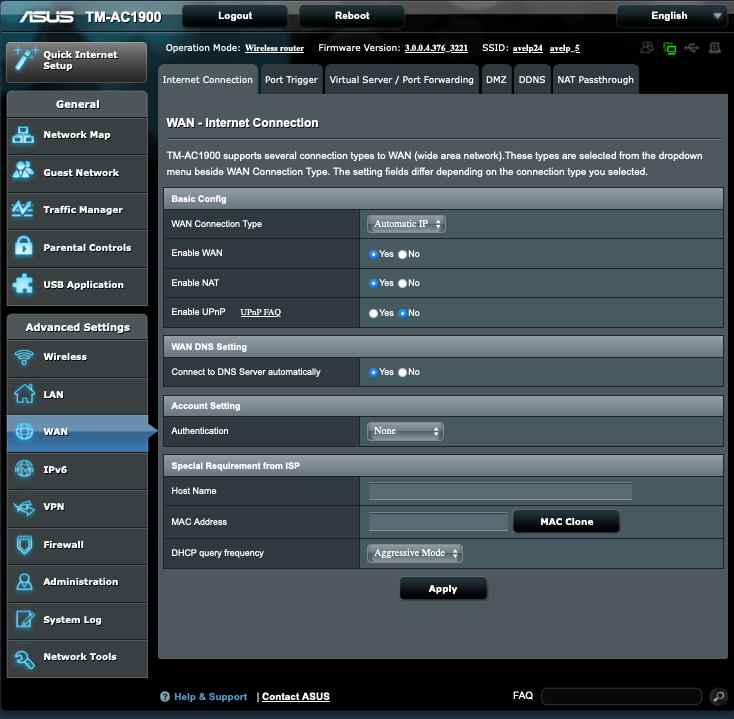Because the T-mobile modem/router doesn’t support changing DNS servers or the Circle device, I need to utilize my own router in non-bridge mode. If I connect all my devices only to my personal router’s WiFi, do I bypass the double NAT issue, or no?
 +1
+1
After researching this, I believe this is not the case.
If you leave your personal router as a router you will be doing double NAT. Using double NAT establishes two private networks with an upper and lower NAT level. Clients on the second level should be more secure but some issues can be encountered. The two networks have to be separate IP segments.
The main issues double NAT can cause are with:
- Online games
- VPN connections
- Port forwarding and triggering
- Secure websites that use SSL
The T-Mobile gateway will not allow NAT to be disabled so to avoid double NAT issues the solution is to use the personal router in bridge mode and only allow DHCP address allocation via the T-Mobile gateway. Setting things up using double NAT takes time and more work. There are plenty of different resources to be found with a search on the web to get ideas and work around problems that you can get around.
 +1
+1
The T-Mobile gateway will not allow NAT to be disabled so to avoid double NAT issues the solution is to use the personal router in bridge mode and only allow DHCP address allocation via the T-Mobile gateway.
I would like to do this; the issue is I like to enforce parental controls at the router level in some manner, either through an alternate DNS (i.e. CleanBrowsing) or the Circle Home device.
Hi JeremysIron, were you able to find the solution for this issue? I want to use parental controls so want to keep my existing orbi router in router mode only.
I have not researched the newer consumer routers but it seems as if most only support such filtering with the router/layer3 enabled. Without the router and without layer2 filtering that loss of control is the trade off. There are content filtering solutions but again there is the additional cost monthly associated with them. Using the router to enforce the controls and having double NAT is the trade off. It would be great if only the NAT could be disabled but that does not appear to be a common feature.
I suppose there is always the option to build your own router using Linux. It takes a little time and extra work but it can be done. For many people that is just an option with a learning curve to contend with. Of the Linux or BSD options OpenWRT is hands down the leading contender.
On my Asus RT-AX82U I simply went to Administion and changed it from Wireless Router to Access Point. This does away with all the Double Nat hassles, etc. Just remember to get that utility described there under access point before saving the change so that once the router reboots you can find it’s IP address. Type that IP address into your browser and you manage the router just as before.

On my Asus RT-AX82U I simply went to Administion and changed it from Wireless Router to Access Point. This does away with all the Double Nat hassles, etc. Just remember to get that utility described there under access point before saving the change so that once the router reboots you can find it’s IP address. Type that IP address into your browser and you manage the router just as before.

I’m considering setting my Asus TM-AC1900 to AP mode as you did, It is currently connected in router mode, but I need to know how many devices the Arcadyan KVD21 will support.
The other option I found in my router is a switch to disable NAT. I haven’t tried changing it because I wouldn’t know how to tell if it made a difference.
EDIT - I went ahead and disabled NAT, rebooted router and computer and could no access the internet

Reply
Enter your username or e-mail address. We'll send you an e-mail with instructions to reset your password.





